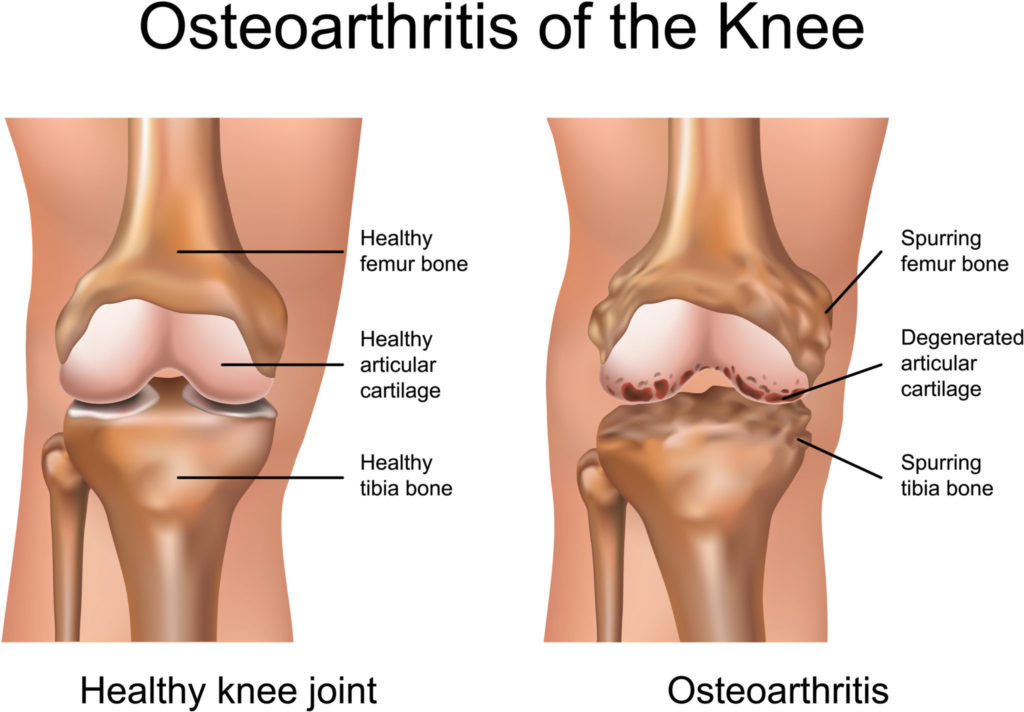"Clouds Drift, Mountains Stand
yet both in silence commune,
Yin and Yang in dance"
This haiku reflects the Taoist philosophy of balance and harmony between opposites, known as Yin and Yang. Clouds (change, movement) and mountains (stability, stillness) represent Yin and Yang. Despite being different, they interact in silence, illustrating that balance in life comes from accepting contrasts. Here’s what it means in everyday language:
“Clouds drift, mountains stand”: The clouds represent change, movement, and flexibility, while the mountains symbolize stability, stillness, and endurance. These are examples of Yin and Yang—opposite forces that are interconnected.
“Yet both in silence commune”: Despite their differences, the clouds and mountains coexist peacefully and interact silently. This line suggests that opposites don’t have to clash; they can harmonize and complement each other in a quiet, natural way.
“Yin and Yang in dance”: Yin and Yang are often depicted as dancing together, symbolizing the dynamic balance between opposing forces in life. This haiku emphasizes that life’s natural flow involves the interplay of contrasting elements, each contributing to the whole. In summary, the haiku teaches that life’s balance comes from the interaction of opposites, like movement and stillness, change and stability. By recognizing and accepting this harmony, we can find peace and flow with the natural rhythms of life.

They divided up the participants into two groups and gave them either physical therapy or TaiJi:
– The physical therapy group had a couple of 30-minute one-on-one sessions each week for six weeks, and then they did a home-based version of the treatment for another six weeks.
– The TaiJi folks, on the other hand, got to do some seriously cool moves. They had two one-hour sessions every week for a full 12 weeks. They got the hang of this joint-friendly workout, and by the end, things were looking up.
So, guess what happened? Both groups said they felt better, but the ones doing TaiJi were the real winners. They had less pain, they moved better, and they even felt mentally and physically healthier. You might wonder why something like TaiJi, which seems all calm and easy, could have such a big impact. Well, turns out, it’s not just about the slow and gentle movements – it’s also about building up strength and flexibility.
See, when you’re dealing with joint pain, even the tiniest motions can be a struggle. And if you end up not moving much, your joints can get even stiffer. But TaiJi changes that. It’s all about stretching things out gently, which helps with flexibility and pain. Plus, those muscles around the achy joints get stronger, so there’s less pressure and less swelling.
And don’t be fooled by its seemingly simple moves – TaiJi might look easygoing, but it’s no joke. It’s not hard on your body, but it’s totally gonna give you more strength and endurance. Oh, and they even teach you some seriously chill breathing techniques that help you relax and de-stress. So, if you’re looking for a way to tackle arthritis without all the hassle, TaiJi might just be your new best friend.
Here’s the Original Article:
https://www.sunriseseniorliving.com/resources/tips-for-seniors/using-tai-chi-to-manage-osteoarthritis-pain
And if you’re ready to start looking into TaiJi for yourself, here’s a link for the best class near you:
https://www.ghosthand.org/taijiseniorsqr